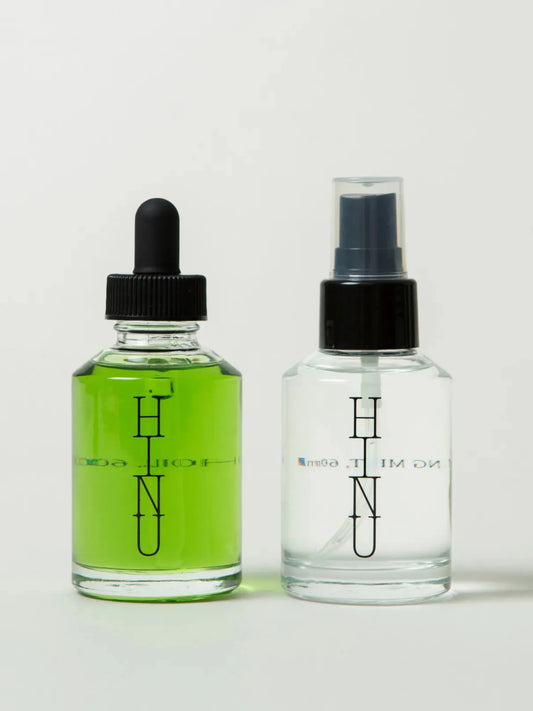
We carry more than we realise in our scalps—tightness from stress, fatigue from screens, the weight of doing too much.
You've got Free Shipping!


$0.00 AUD
You've got Free Shipping!
We carry more than we realise in our scalps—tightness from stress, fatigue from screens, the weight of doing too much.

We carry more than we realise in our scalps—tightness from stress, fatigue from screens, the weight of doing too much.

Sign up to our newsletter

1 comment
I’m 52 have longish hair very fine tho it’s Healthy like no split ends but I want it to grow longer what products do I need to help this happen
I work in the fitness industry so I do wash I everyday as I sweat a lot
Can you help recommend what I need to do